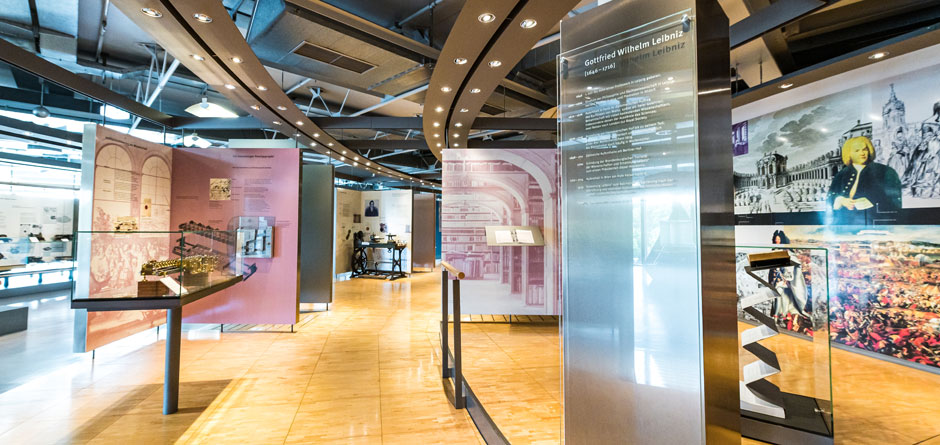In previous times, the examples set by the life stories of famous celebrities were the key motivation for writing biographies. "Men make history", as the historian Heinrich von Treitschke put it at the end of the 19th century, indicating the esteem in which outstanding personal achievements were held at the time and the conviction that the deeds of individuals drove the progress of society. Following a phase of a more critical approach to this principle and of research into structures in history, biographies now again raise interest. However, the focus has changed. It is now the social context that is approached through the activities of individuals in biographical research. This is based on the belief that, in the interplay between individuals and society, both living social structures and imminent economic and technological changes become visible. Under this aspect, the life stories shown in HNF's Hall of Fame will help people to understand the history of information technology.
From calculating machines to computers
Three parallel approaches to the development of the cultural techniques of arithmetic and writing through to the invention of the first computer are traced on the first floor of the exhibition.
The tour along the middle circle is dedicated to the history of technical innovations and their implementation as industrial products, which spread slowly at first but then enjoyed increasing success. The outer ring shows the practical use of arithmetic and writing, and the technical aids that were used for them in offices. At the centre, the biographical part of the exhibition unfolds, against the backdrop of a historico-cultural collage. The twelve cabinets that make up the Hall of Fame present, in chronological sequence, 15 men who had a major impact on information technology from its beginnings right through to the emergence of computers.
It was as a result of their commitment and inventiveness, coupled with business acumen and perseverance, that information technology became so widespread. This part of the exhibition spans a period of four centuries - from the invention of the first calculating machine in 1623 to the development and spread of computers in the 20th century. It becomes apparent that many of the ideas that finally led to today's information society can be traced a long way back into the past.
Scientists, engineers, inventors
The people in the Hall of Fame are just examples of the many who have contributed to the triumphs of information and communication technologies. Not only scientists but also engineers and inventors can be found here, for the history of electronic data processing has, above all in more recent years, been influenced and formed at least as much by entrepreneurial achievements as by technical inventions.
Not only the work of these men is depicted but, rather, their whole lives, revealing their own personal goals against the backdrop of external circumstances and events on which they had no influence. People who, as inventors, scientists or entrepreneurs, have contributed in different ways to the progress of information technologies are shown in the context of their own lives. This includes not only appreciation of their achievements but also a presentation of their failures, their characters and their integration in the social conditions that were prevalent. One example of this is Alan Turing, who was broken by the social constraints of his time.
With its life stories, characteristic exhibits, personal records, private reminiscences and historical pictures, the hall of fame gives visitors who have little technical knowledge an insight into the history of information technology.
